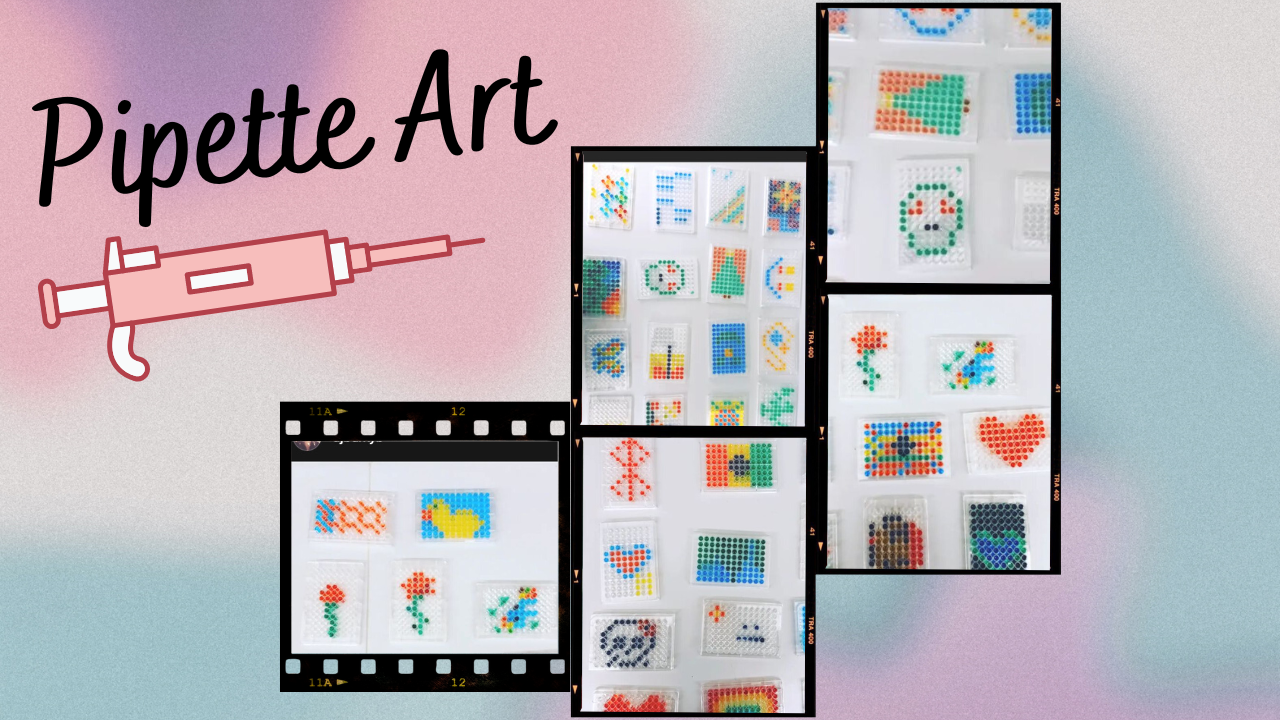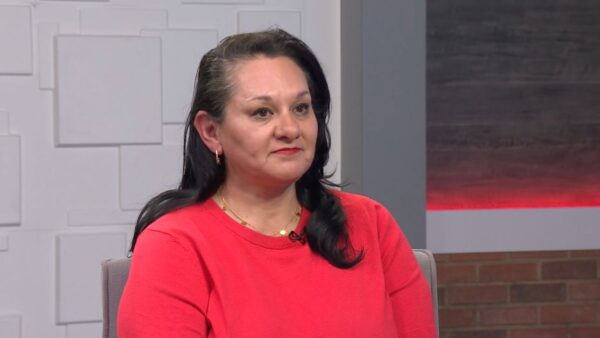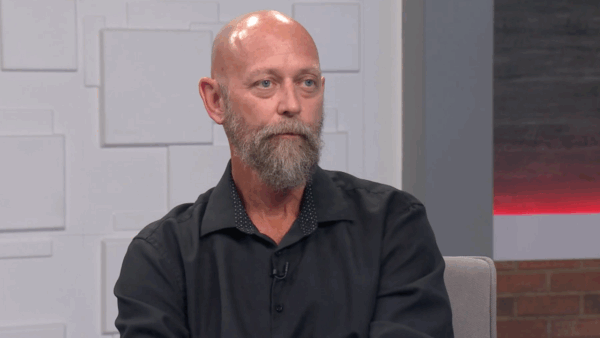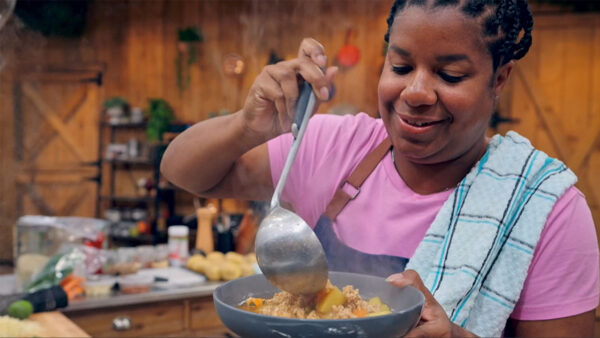
3 steps to integrate art and science to teach pipette skills
March 14, 2023
It’s great to have you back, fellow Superhero! Welcome to the first part of a series that focuses on incorporating Project-Based Learning into STEM curriculum.
This project focuses on how to utilize various hands-on activities to teach dilutions and proper micropipetting techniques. This activity is great for turning curiosity into creativity, so don’t be afraid to let your students’ imaginations run wild.
Teaching students proper pipette etiquette
Many of my students do not have experience using micropipettes, so I begin this lesson by reviewing the basics.
First, I give each student a handout like this one, and we go through the parts and their functions together.
Next, I use these slides to guide our discussion about different pipette sizes, how to set the correct volumes and proper handling techniques. My students then take turns practicing how to set the pipette to the correct volume, how to put a tip on correctly and how to hold the pipette comfortably. Assess your students’ understanding using a pipette quiz like this one.
Teaching pipetting and dilution techniques
Once students have become comfortable handling the pipettes, we review how to use them step-by-step, and this Pipette Technique Doodle Diagram is a great place to start. The students use the diagram to take notes throughout the demonstration, and then practice their skills by dispensing dyed water onto laminated practice cards similar to these.
This is also a great opportunity to practice calculating and creating dilutions. I modified this lesson plan to practice dilutions with my students, and we created our own dilutions using water and food coloring. The students enjoyed using their calculations to create the different colors. This is a great way to teach dilutions through hands-on activities. Who knew math could be so colorful?
Making pipette art
I am always searching for creative ways for my students to practice applying their new skills while expressing their individuality, and this project did not disappoint. Drawing inspiration from BioRad’s STEAM activity, I had my students create their own pipette art. My students used the blank templates to brainstorm their designs, and we reviewed them together to make sure each was school-appropriate.
The students then used the dilutions they created, along with other colors they created using water and food dye, to create their art. I also had each student write a small blurb describing the inspiration/meaning behind their design.
What will your students create? Let us know at @ArizonaEducator on Twitter or Arizona PBS KIDS on Facebook!
Review the other articles in our series on Project-Based Learning for STEM curriculum:
About the author
Ashley Burkart is a Senior STEM Teacher at Bioscience High School in Phoenix. STEM research was her first passion as she holds a Masters in Biomedical Science from Midwestern University. When she isn’t teaching tomorrow’s leaders, she is either hanging out with her dogs, Raven and Bailey, or hiking the beautiful mountains of Arizona.























